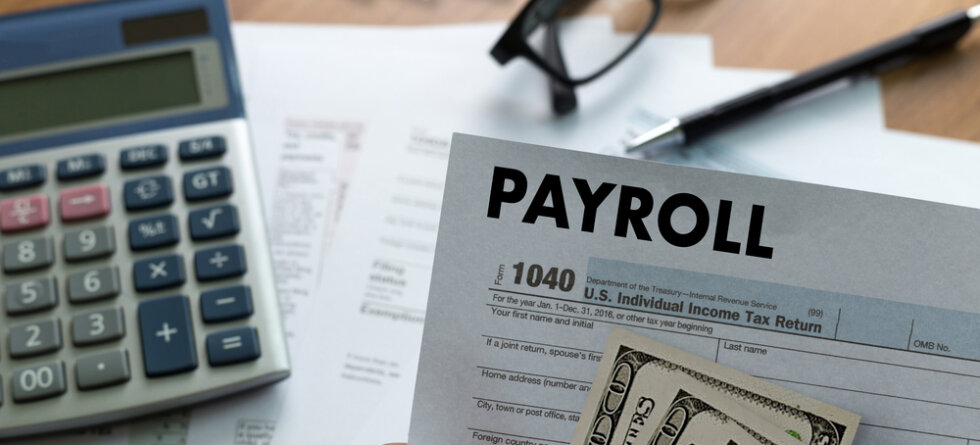The owner’s draw is not considered payroll. Owner’s draw is a method that business owners, particularly in sole proprietorships, partnerships, and some types of LLCs (Limited Liability Companies), use to take money out of their business for personal use. It represents a withdrawal of the owner’s equity in the business and is not considered a salary or wage for tax and accounting purposes.
In contrast, payroll refers to the regular wages or salaries paid to employees of a business. Payroll includes the compensation employees receive for their work, as well as any withholdings for income tax, Social Security, Medicare, and other deductions.
Owners may receive a portion of their income through regular payroll, particularly if they are actively working in the business and receiving a salary. The remaining portion, which is often taken as owner’s draw, is typically not subject to the same payroll tax deductions and reporting requirements that apply to employees’ salaries. Instead, the owner’s draw is usually subject to income tax when the business owner files their personal tax return.
You need to distinguish between owner’s draw and payroll, as they are treated differently for tax purposes, and failing to do so can lead to tax compliance issues. Work with an accountant or tax professional to make sure that you handle these matters correctly for your specific business structure and local tax regulations.




